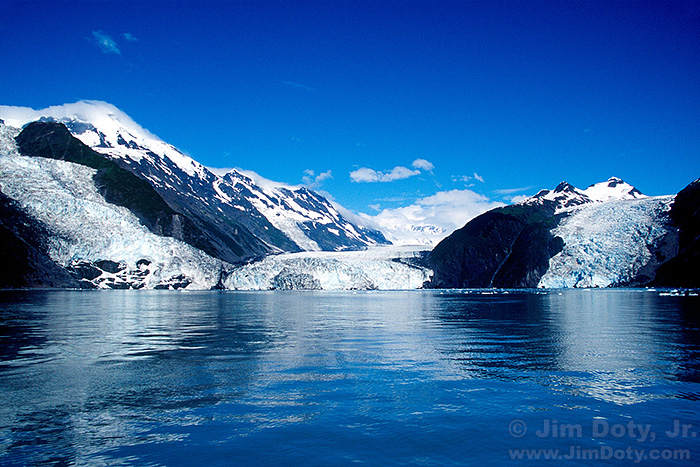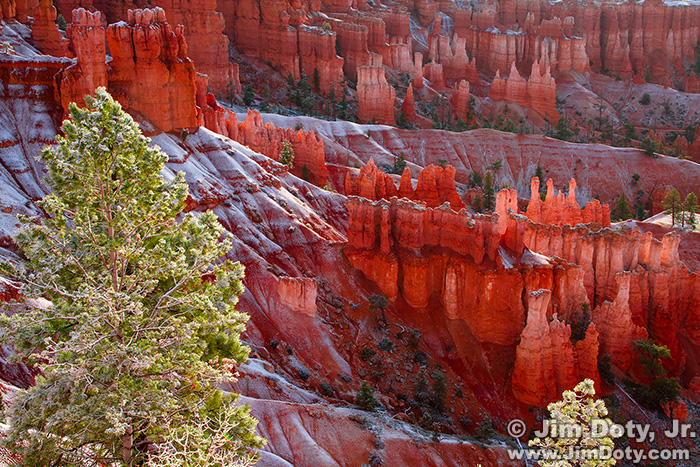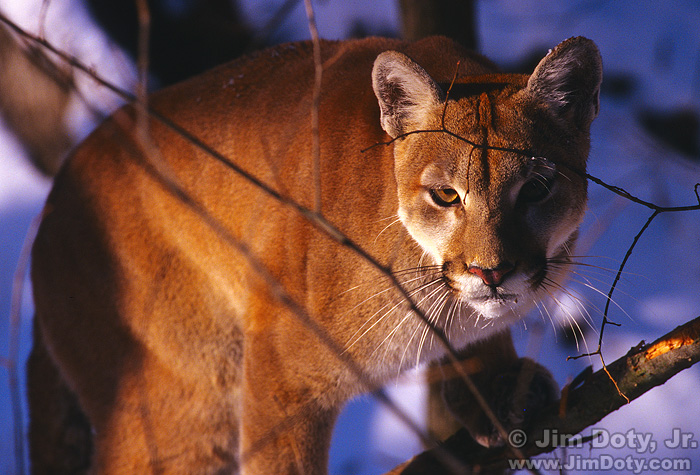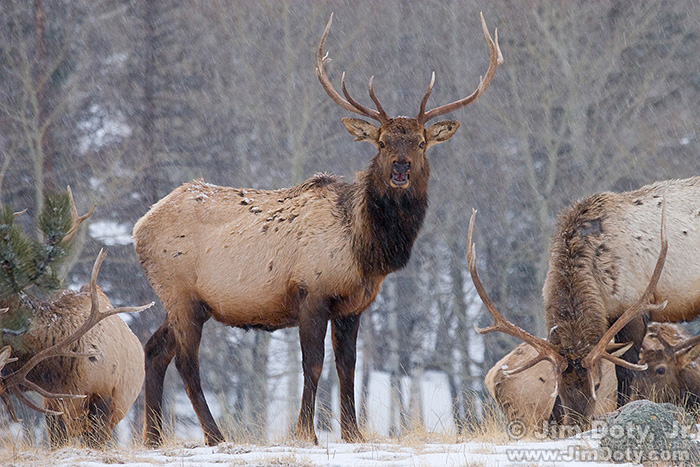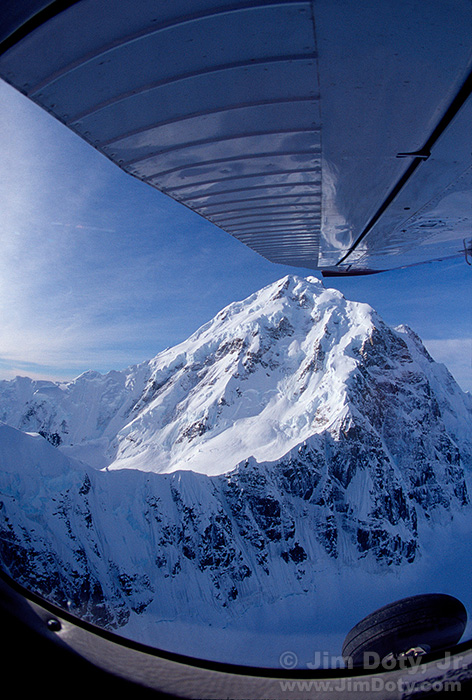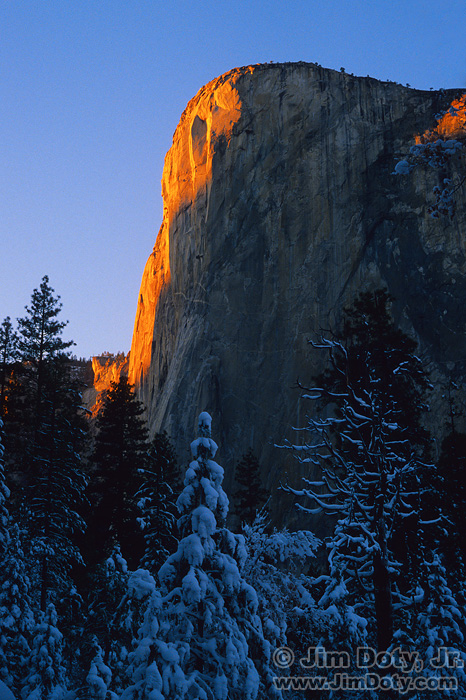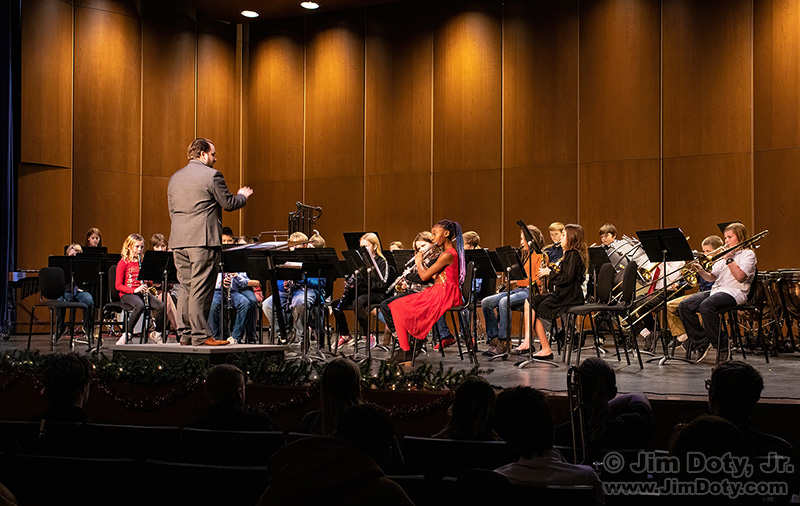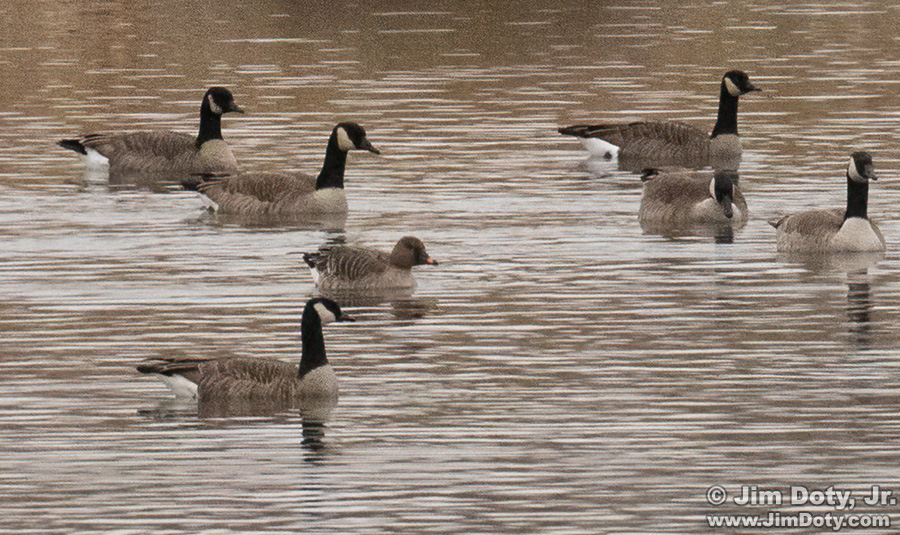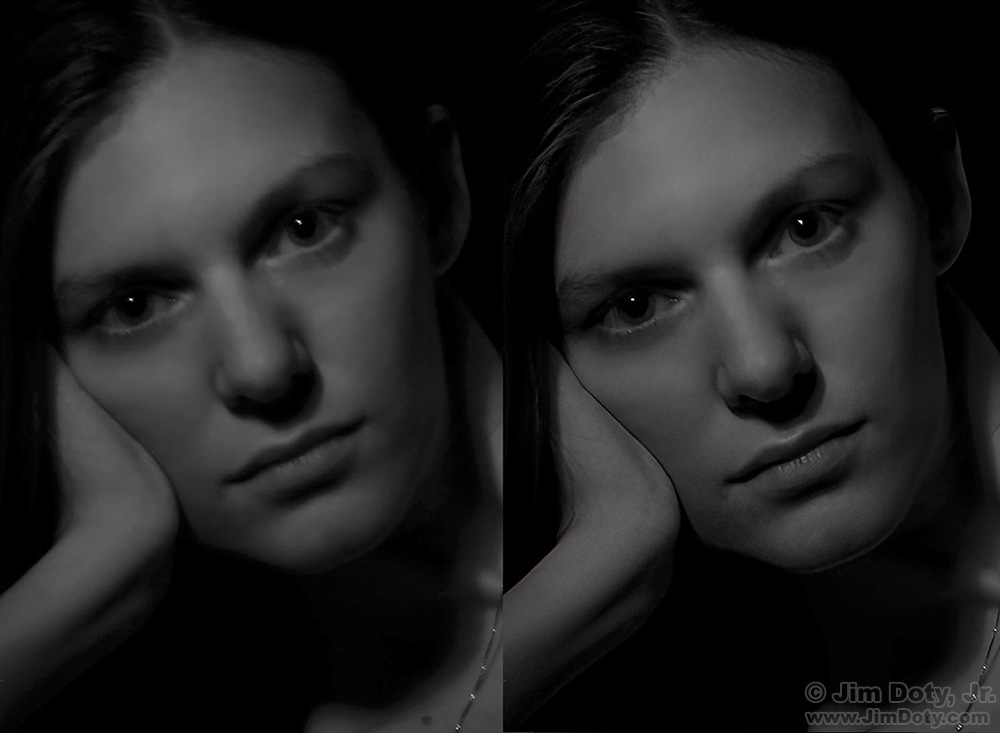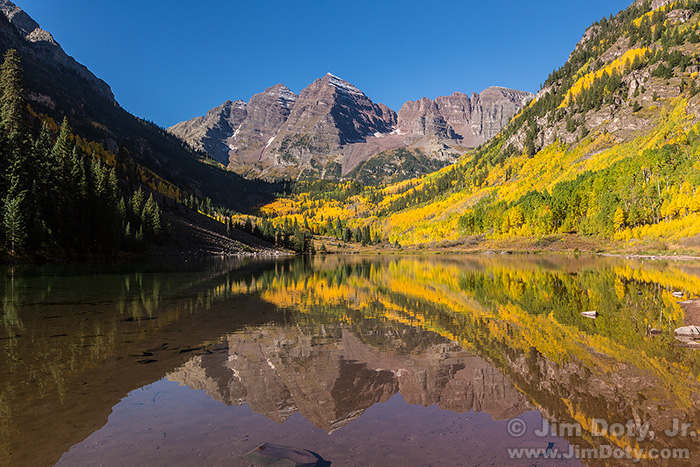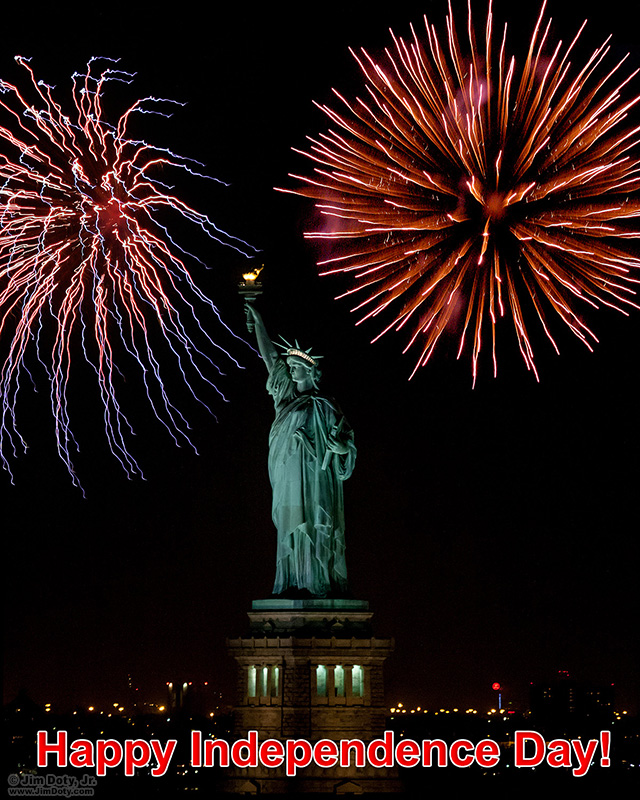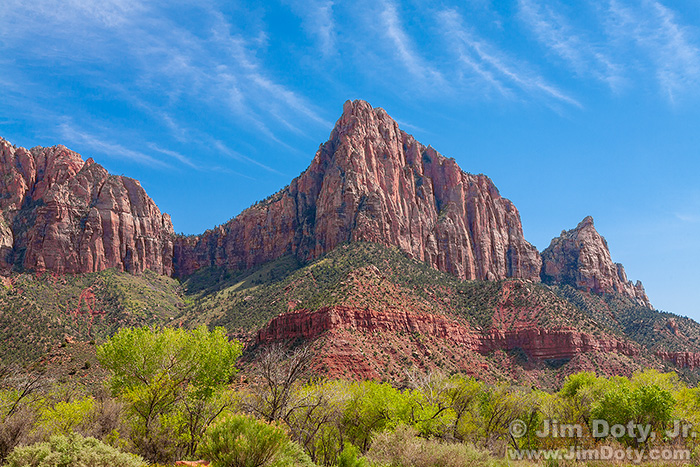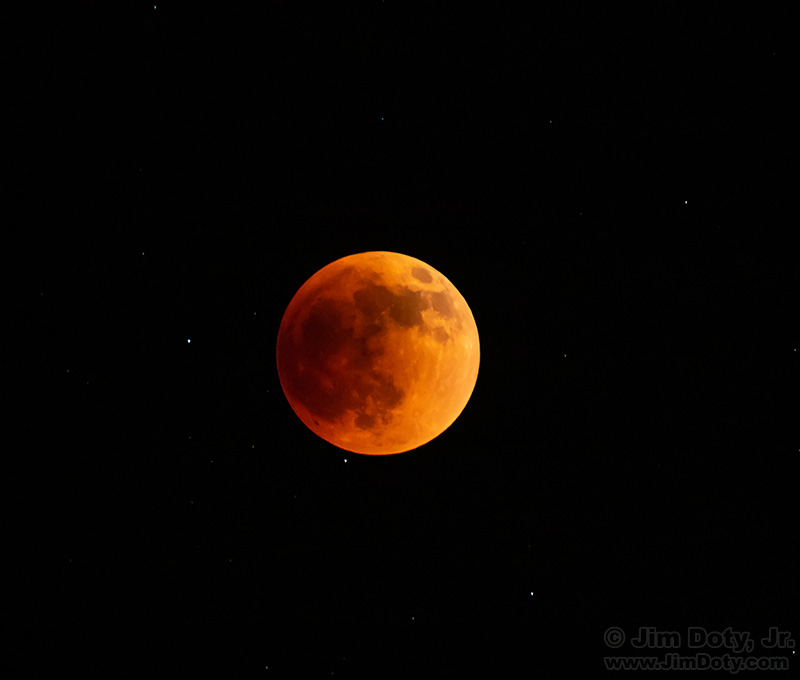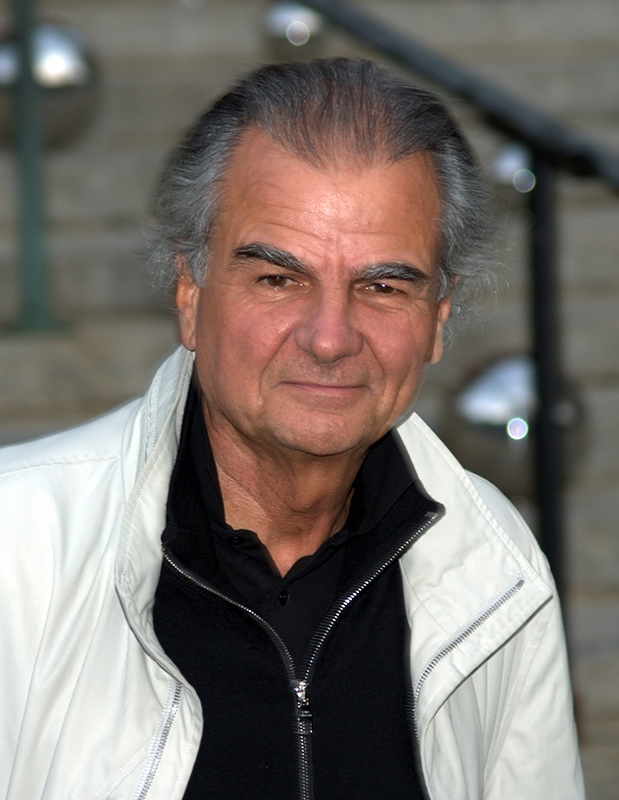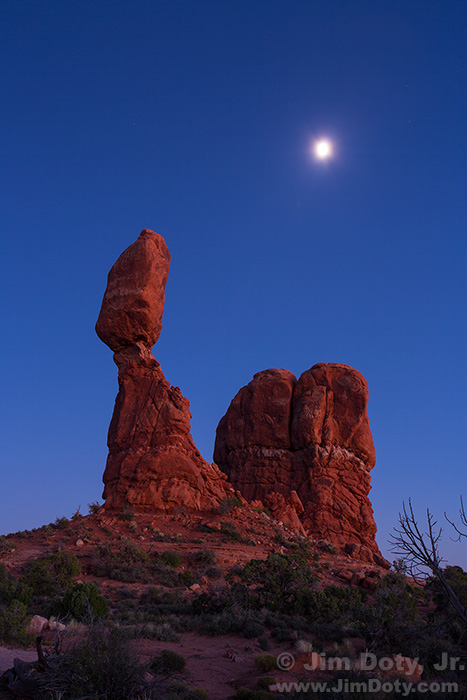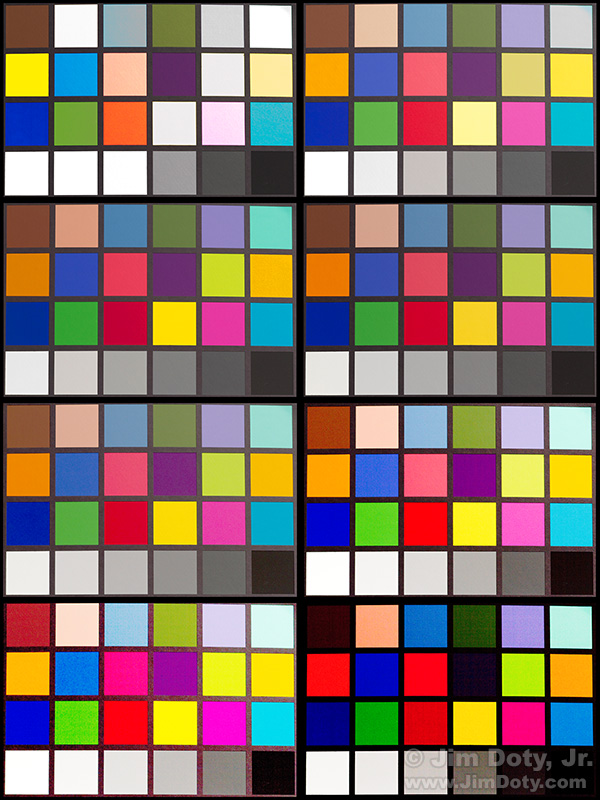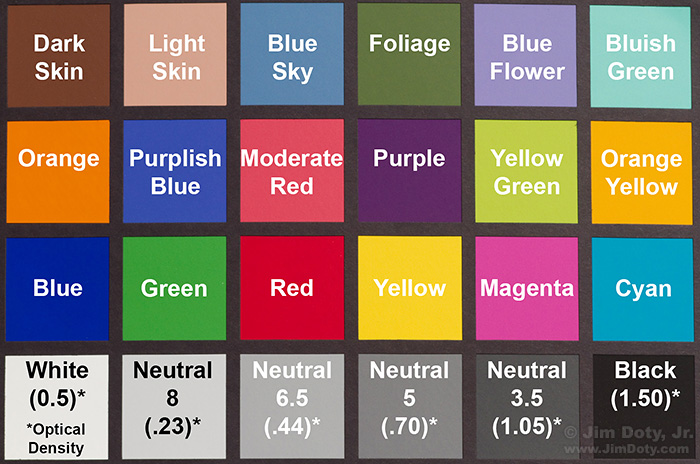The “snow exposure latitude” for every camera is different. You won’t find it in your camera’s manual but it is easy to determine with a do-it-yourself test. Why does it matter? If you don’t know the snow exposure latitude for your camera and how to apply it to your images, the color and quality of your winter photos will suffer.
How to Protect Your Camera Gear in the Cold and Snow
Cold and snow can cause a lot of damage to your camera gear. Something as simple as shooting outside and taking your camera inside your house or car can cause hidden damage that won’t show up until days or weeks later. The simple steps in this article could save you hundreds of dollars in repair bills.
Metering Evening Winter Scenes
Just like metering daytime winter scenes, the key to metering evening winter scenes is knowing what to meter and deciding how much exposure compensation to use.
Metering Wildlife in the Snow, Part Two
Most wildlife are medium to dark in tone, making them a challenge to meter properly in the bright, white tones of winter. If you trust one of your camera’s automatic exposure modes, the odds are good you won’t get the best exposure. If you switch over to manual exposure and make the right decisions, you can get great exposures and better quality photos (more about that later).
Metering Wildlife in the Snow, Part One
Metering dark toned wildlife in the snow is a major exposure challenge. It is usually best to avoid large “burned out” areas (washed out, featureless white) in a nature or landscape photograph, but with properly exposed snow, the wildlife can be so dark as to lose all texture. On other hand, metering for the wildlife can burn out the snow. So what do you do? And what about the complications of metering white animals?
Metering Daytime Winter Scenes
Metering for scenes with a lot of snow can be tricky since the bright snow fools the camera meter. I see a lot of winter photos with gray snow, which means the camera meter did exactly what it was designed to do. The solution is quite simple provided you know what to do.
How To Series: Winter Photography
In addition to all of the usual photographic challenges, winter provides some extra complications, especially in terms of metering. So I began this series of articles on winter photography. Check out the links below. The articles will help you meet the unique challenges of winter photography. So get out there, have fun, and create some great winter images!
Lamoni Band Concert, December 19, 2022
A selection of photos from the band concert at the Shaw Center Auditorium, Graceland University, Lamoni Iowa. Click any photo to see a larger version.
Andromeda Galaxy and its Satellite Galaxies
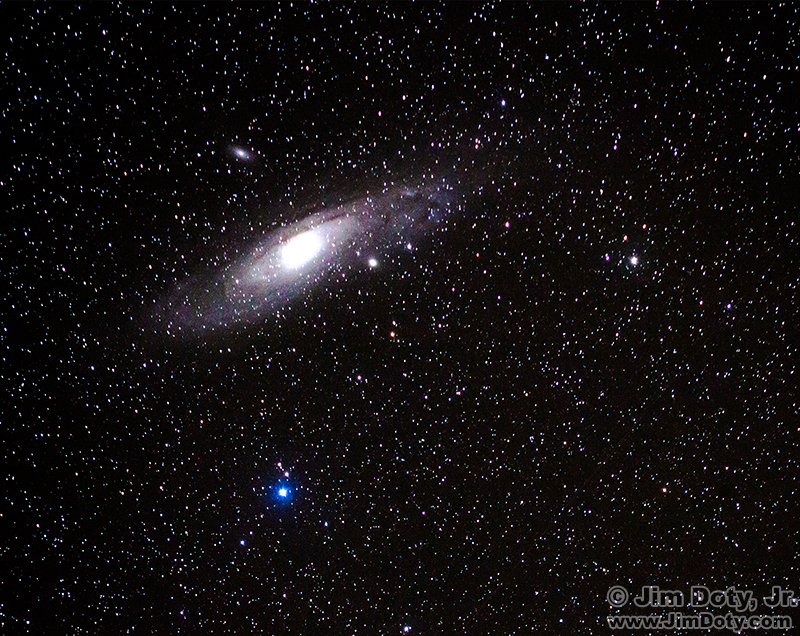
For me, December is not only the month for Christmas Season photos and portraits, on reasonably pleasant December nights with no wind it is the time of year to photograph the night sky. Winter has better night sky “seeing” than the other three seasons. Cold air holds less moisture to there is more visual clarity of the night sky. Unfortunately, where many of us live winter is also very cold so I do most of my winter night sky photography in December since it is usually more tolerable.
Rare Event: Tundra Bean-Goose in Iowa
This is not a great photo, but it is a photo! For the last week a single Tundra Bean-Goose has been hanging out with Canada Geese at the lakes, farm ponds, and corn fields around Lamoni Iowa. This week is the first time ever this goose has been spotted in the state of Iowa. It should be in Northern Europe or Northern Russia so it is thousands of miles away from home. I finally spotted it yesterday.
Topaz Sharpen AI
The more I work with Topaz Sharpen AI, the more impressed I become. Topaz uses artificial intelligence to sharpen images that are not quite sharp.
My iPhone Photography Apps

I keep my photo apps together on one screen on my iPhone. Many of these apps are also available for Android phones. I thought I would share a screen capture of my photo apps and tell you briefly what these apps do. Some of these apps do things with the photos that are on your camera phone. Some of them help you control your camera phone. Some of them deal with an external camera (like my DSLR) or with external hardware. A few apps help you be at the right place at the right time. One or more of these apps might be just the ticket for what you like to do.
Two Photographers and Eleven Outdoor/Travel Writers Pick the Best National Parks for Fall
Fall is a fabulous time of year to visit the national parks. Crowds are usually smaller than in the summer, temperatures are cooler, and some of our national parks have glorious fall colors. With so many to choose from, where should you go? Which national parks will provide the best photographic opportunities in the fall?
Painting with Light
Images That Move Me
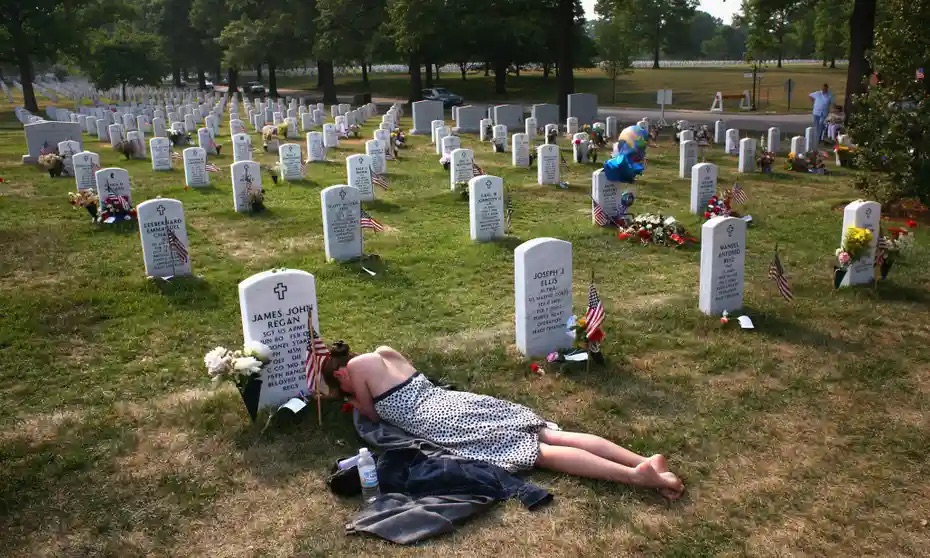
John Moore was at Arlington National Cemetery on Memorial Day, 2007. He had visited with Mary McHugh earlier in the day. She had come to Arlington National Cemetery to visit the grave of her fiance, James Regan, who had stepped on a roadside bomb a few months earlier in Afghanistan. Later on he saw her laying in the grass and talking to the marble headstone. He captured this image. The whole story is here.
Colorado Fall Color Photography and Travel Guide – 2022
Headed for Colorado this fall? Welcome to my complete Colorado fall color photography and travel guide with 131 photos, 18 maps, and over 100 pages of information (if you print it all out). I cover some of the best known fall color locations in Colorado, and one real gem of a road that is not widely known to photographers and leaf peepers. Spend anywhere from two days to two weeks exploring the beautiful Colorado Rockies at a gorgeous time of year.
Happy Independence Day!
One Photographer and Eleven Outdoor/Travel Writers Pick the Best National Parks for Summer
Summer is the most popular time to visit the national parks. With so many to choose from, where should you go? Which national parks will provide the best photographic opportunities in the summer?
The “Custom White Balance” Series
Photos: The Super Flower Blood Moon Lunar Eclipse, May 15, 2022
It was a beautiful night for photographing the lunar eclipse. This was early in the totality phase at 10:37 pm CDT. I picked this image as my favorite because I like the star background and especially the three stars in a row right below the moon. Not long after I created this image the moon slid in front of the middle star in this trio and, at least to my eye, it was not as pleasing a composition.
Patrick Demarchelier (21 August 1943 – 31 March 2022)
It is with sadness that I note the passing of Patrick Demarchelier. He was one of the best fashion and portrait photographers. He worked with the best of the best fashion models, as well as celebrities. Princess Diana called him “a dream” to work with. When she learned of his death, Cindy Crawford posted an image Demarchelier created of her in India (see below) and wrote: “Thanks for so many great memories and beautiful, timeless images.”
One Photographer and Nine Outdoor/Travel Writers Pick the Best National Parks for Spring
Are you planning a spring photography trip to one or more U.S. national parks? Where should you go? Which parks will provide the best photographic opportunities? Which parks are at their best in the spring?
Photographing Snow Geese by Flashlight, Moonlight, and Headlights
Shorty after midnight I drove out to a nearby lake to photograph stars over the lake. I chose going out after midnight because the moon would be high enough in the sky to light up the remaining ice on the lake.
Happy Birthday, Ansel Adams!
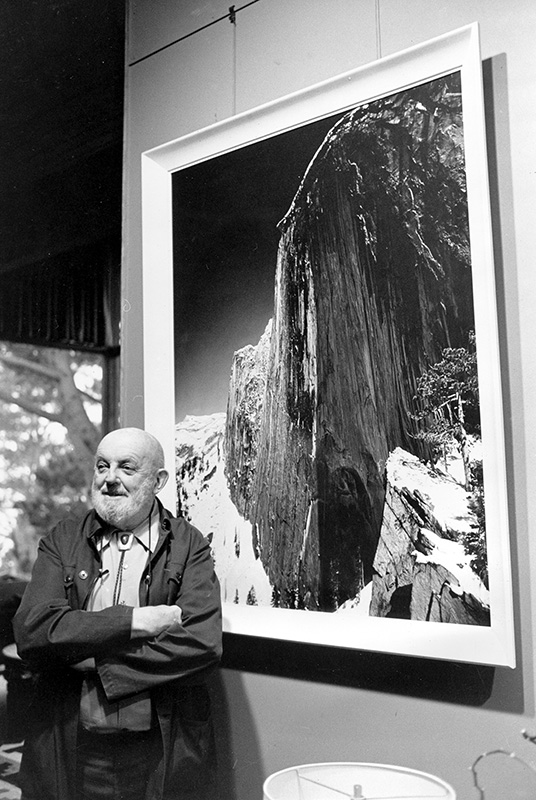
Ansel Adams in front of “Monolith: The Face of Half Dome, 1927”. Photographed in his home Dec. 2, 1980.
Ansel Adams was born 120 years ago today, February 20, 1902. He is “the” icon of American landscape photography. Trained as a concert pianist, his love of photography and time spent in Yosemite National Park led him to a career change.
Why and When To Set A Custom White Balance
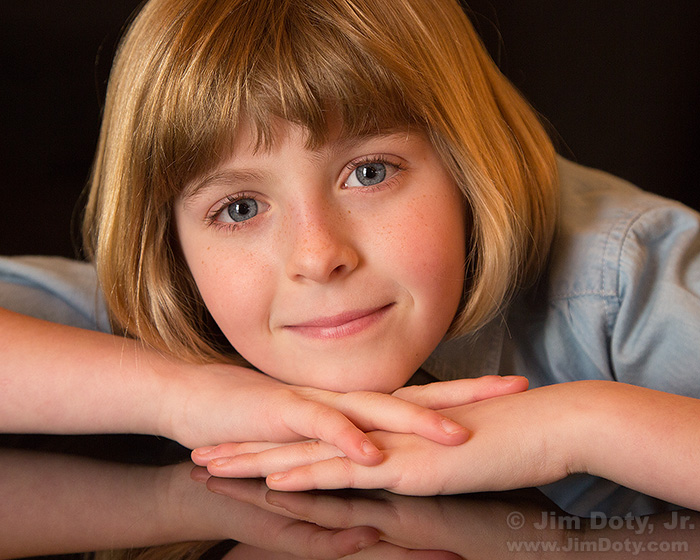
Why set a custom white balance? The answer is simple. To get the best, most accurate colors your camera is capable of producing. It is especially important when photographing people if you want beautiful, accurate skin tones. In this article I give you some shooting tips, answer common questions, and I cover the situations when it is preferable not do a custom white balance.
Fixing a Color Cast With ACR
Despite all the things you do to get the right white balance (see my last article on setting a custom white balance), there are some situations where a color cast is pretty much unavoidable. When that happens, ACR comes to your rescue.
Channeling My Inner Tim Fitzharris
Quite by chance I spotted some California Golden Poppies on the campus of Ohlone College in Fremont California. This was an unexpected treasure. I stopped in a nearby parking lot, put a 15mm semi-fisheye lens on my camera, put my camera almost on the ground and started shooting up at the flowers with the sun in the background. The side of my head was in the dirt as I looked up through the camera’s viewfinder to get things lined up. Tim Fitzharris gets some credit for inspiring images like this.
“Laying Down On The Job”
How To Test Your Camera’s Color Exposure Latitude
Testing your camera’s color exposure latitude is a key to getting good color in your digital photographs. This is a sequel to The Best Colors Come From the Best Exposures. I would suggest you read that article first.
The Best Colors Come From the Best Exposures
This has to be one of the best kept photographic secrets: The more accurate your exposures are, the better your colors will be. Why? If your exposures are off, the colors in your photograph will shift in different directions. You can correct the exposure in post processing, but you can’t correct the color shifts. Since the colors shift in different directions, if you try to correct one color (as you will see below), the other colors will get even worse.

